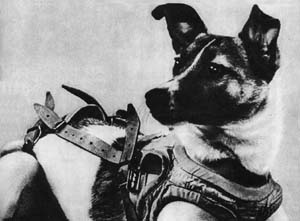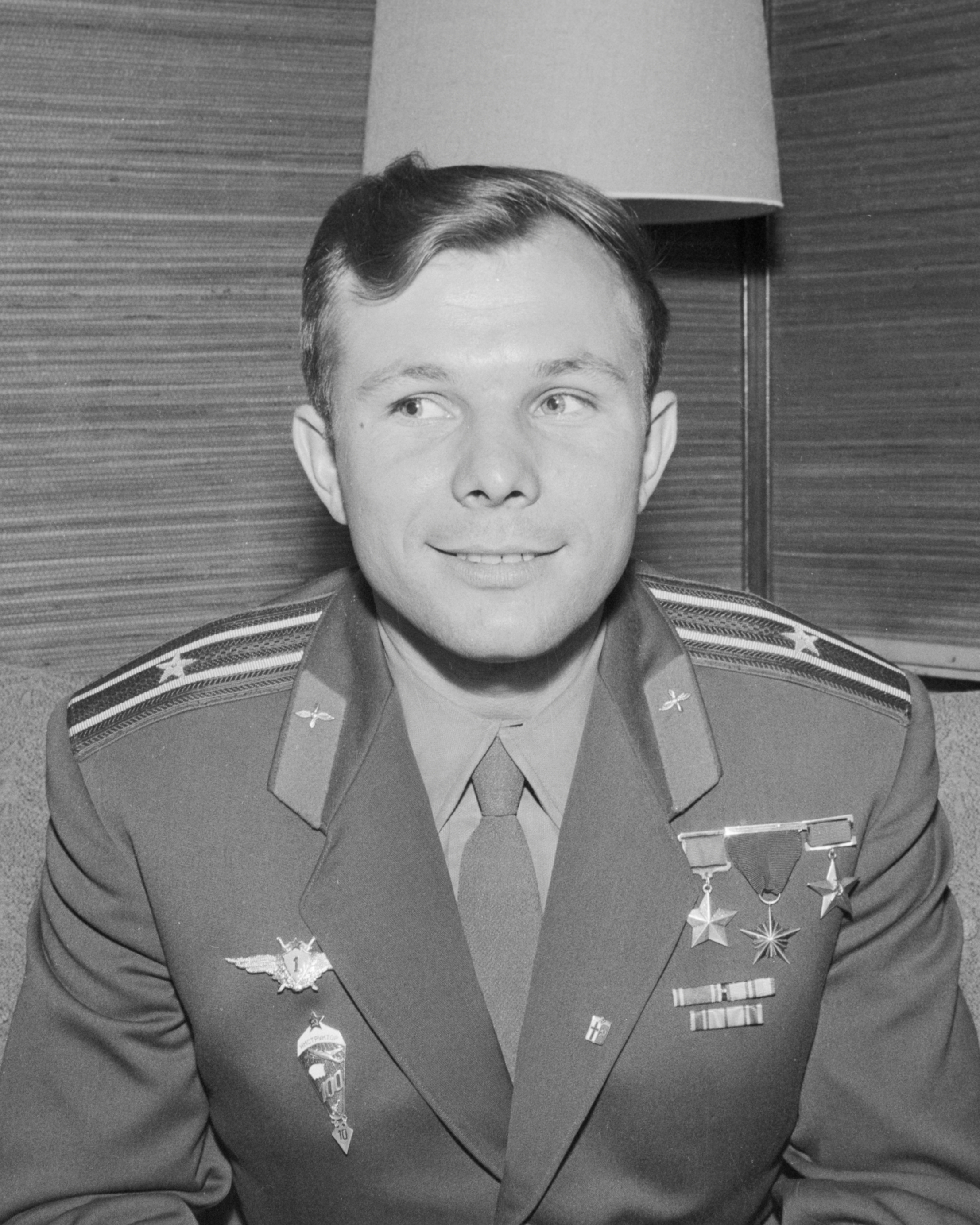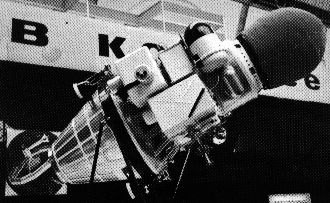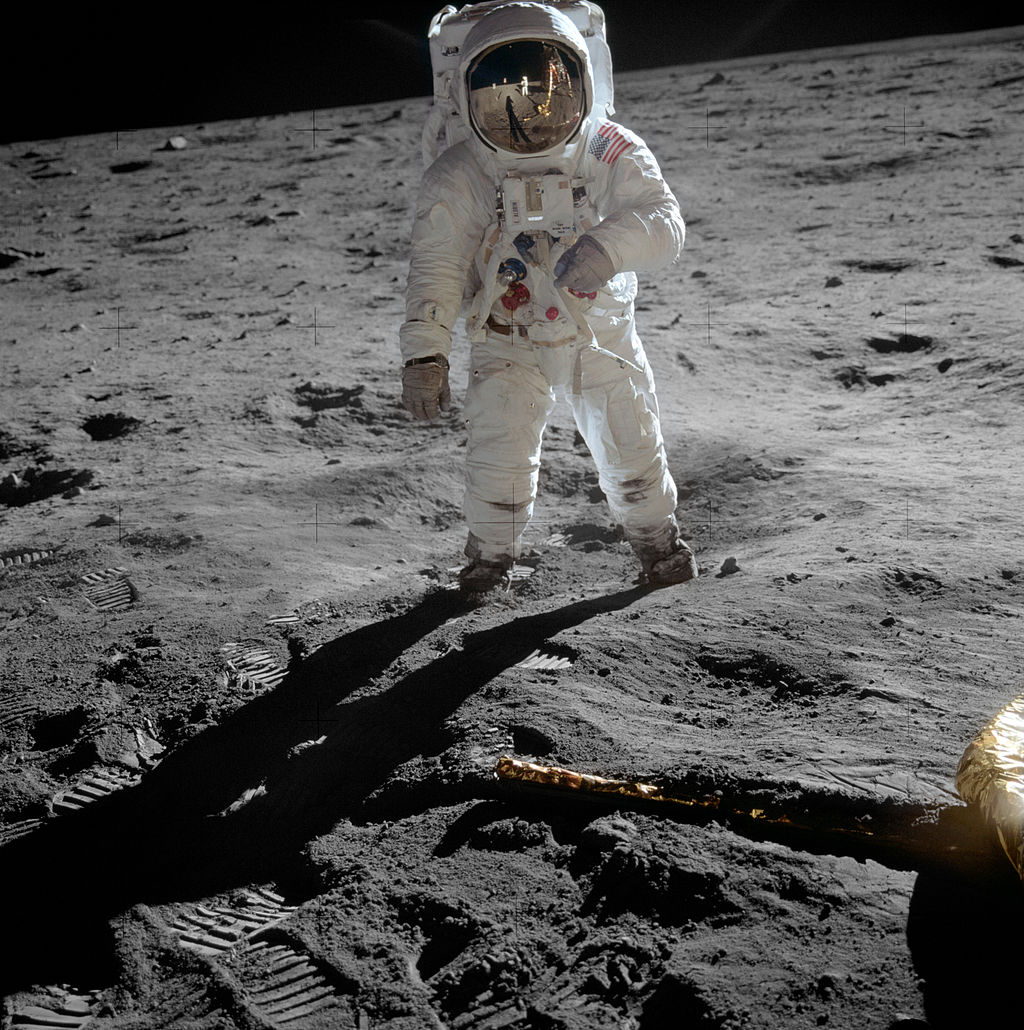The Space Race
Soviets and Americans race to the stars
Following World War II, the Soviet Union and the United States engaged in a struggle to prove their superiority. The Cold War constituted nearly fifty years of physical battles, technological advancements, and diplomatic engagements. By 1960, the battles extended beyond Earth’s gravity. Space became another avenue of competition because of the prospect of atmospheric control and the undeniable message it sent to the international community. National leaders from both countries recognized the opportunity of space exploration from a political perspective and began heavily funding missions. Dominance in the skies was far more important than land battles; it was a way to prove unchallenged superiority to the entire world. From the beginning, the Space Race was an extension of this ideological battle between the two nations. Space became the final frontier for the United States and Soviet Union to compete to prove their status as sole superpower.
Timeline
Sputnik 1: October 4, 1957 — The Soviet Union’s first spacecraft launch changed the world overnight. Sputnik was the first artificial satellite to enter the atmosphere and passed over the United States multiple times daily. The world had never seen this technology, and the possibilities and dangers were endless, sparking fear across the globe. Sputnik is largely considered to be the “starting point” of the Space Race because of its effect on both countries’ national agendas.

Sputnik 2: November 3, 1957 — Laika, the dog from the USSR, made history by becoming the first live organism launched into space. The Soviets launched Sputnik II less than a month after its predecessor to learn about the effects of space on animals and the conditions under which they could survive. Unfortunately, Laika’s trip was designed to be one way. She died shortly after takeoff due to the stress of the launch.
Explorer 1: January 31, 1958 — The United States’ response to Sputnik 1 was only 80.75-inches long, but the entire setup (a Jupiter-C rocket used to send the diminutive satellite into orbit) stood 71.25-feet tall on the launchpad. Explorer 1’s launch made international headlines but fell flat in comparison to the Soviet Union’s two satellites that were already in orbit.
Opening of NASA: July 29, 1958 — Concerned with the speed and success of the Soviet space program, President Dwight Eisenhower signed the National Aeronautics and Space Act, creating both a committee and agency that were focused on American space exploration and dominance. The formation of NASA was the first concrete step of a national commitment to winning the Space Race.
Luna 1: January 2, 1959 —
The Soviet Union sent a spacecraft over the surface of the moon. It flew approximately 5,000 kilometers overhead two days after launch.

Vostok 1: April 12, 1961 — Yuri Gagarin simultaneously becomes the first person in space and the first person to orbit the Earth. His one hour and forty-eight-minute flight astounded millions, but his safe return was the biggest triumph. This was monumental for the Soviet’s space program, and a crushing blow for NASA scientists.
Mercury Redstone 3: May 5, 1961 — Alan Shepard becomes the first American in space, completing a suborbital flight in just over 15 minutes.
Kennedy promises a man on the moon by 1970: May 25, 1961 — Before a special joint session of Congress, President John Kennedy quells fears of a Soviet victory in space by promising to have an American astronaut on the moon by the end of the decade. Click here to watch the full speech.
Vostok 2: August 6, 1961 — Gherman Titov, the backup pilot for Vostok 1, got his turn in space when he became the second man to orbit the Earth. He spent just over a day in space, becoming a test subject for the effect of space on humans.
Mercury Atlas 6: February 20, 1962 — John Glenn becomes the first American to orbit the Earth. While this was a sigh of relief for NASA scientists, they were still severely behind the Soviets technologically.
Sergey Korolyov dies of a heart attack: January 16, 1966 — Korolyov, a Soviet rocket engineer, was largely responsible for the success of the Sputnik and Vostok programs. Without his guidance, the Soviet engineers must navigate a lunar landing on their own.
Luna 12: October 22, 1966 — This Soviet probe returned the first images of the far side of the moon. It entered lunar orbit three days after launch.

Apollo 1: January 27, 1967 — Tragedy struck when a fire swept through the command module of the Apollo 1 spacecraft. Millions of people around the globe witnessed the deaths of Gus Grissom, Edward White, and Roger Chaffee on television. It was a real blow to those rooting for the United States to win the space race.
Apollo 8: December 21, 1968 — This was the first successful crewed mission to orbit the moon, turning the tide of the Space Race. These astronauts took photos that were immensely helpful to the Apollo 11 landing preparation.
Apollo 11: July 16, 1969-July 20, 1969 — Neil Armstrong, Buzz Aldrin, and Michael Collins fulfilled the promise Kennedy made, nearly ten years prior, of a lunar landing. They touched down on the moon’s surface four days after the launch.

Looking back, it is hard to imagine the two global superpowers spending billions of dollars on space exploration in an attempt to “out-do” the other. In the context of the Cold War, however, space was the most important battleground. The message sent by superior scientific equipment led people to many other conclusions, specifically military capabilities. Apollo 11’s success solidified the United States’ position in the global community, leaving behind all previous Soviet successes. More than a billion people viewed the historic landing, and the moment overwhelmed Americans with the feeling of dominance. The moon landing united the country with a sense of insurmountable pride. The United States had won the Space Race, a competition more significant than any earthly battle. While Cold War tensions were in no way reduced, American citizens regained confidence that they belonged to the “superior” nation.